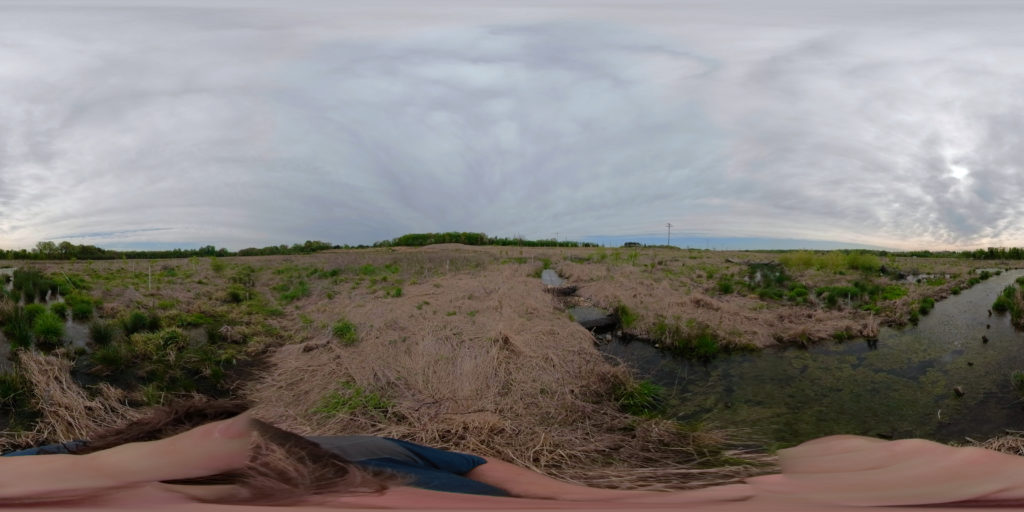by McKenzi Heger | May 30, 2019
On May 30, our Vice President, Patrick Phillips, attended the Society of Wetland Scientists annual meeting in Baltimore. While there, he had the pleasure of presenting on a few of our own projects, including the wetland and stream restoration projects located at the USDA Beltsville Agricultural Research Center (BARC).
GreenVest’s three restoration projects are physically and hydrologically interconnected on the same restoration site and involved coordination of multiple sponsors, regulatory authorities, and partnerships. Coordination of these groups allowed for successful management of stakeholder objectives throughout all aspects of the project.

To make this project happen, GreenTrust Alliance, Inc. (GTA) teamed up with GreenVest, Environmental Quality Resources (EQR), and Princeton Hydro (PH) to secure funding from the Chesapeake Bay Trust through the Maryland Department of Environment (CBT-MDE) Nontidal ILF Wetland Grant Program. The successful grant project provided the groundwork for the other two restoration project on the site which were completed for the benefit of Prince George’s County and the MD State Highway Administration.
Here’s an up-to-date project summary from VP Patrick Phillips:
“GreenVest led the development of three stream and wetland restoration projects on the Spray Irrigation Field (SIF) Site located in the North Farm of the USDA Beltsville Agricultural Research Center (BARC) in Beltsville, Prince George’s County, Maryland. The SIF site is a 25-acre field formerly used for the disposal of treated wastewater from the BARC facility wastewater treatment plant. The practice was discontinued in the 1980s and the SIF was unused until the implementation of the restoration projects in 2017. The projects were completed for the Maryland Department of the Environment and the Chesapeake Bay Trust (CBT-MDE) under the non-tidal wetland grant program, for Prince George’s Department of Public Works and Transit (DPWT) as advanced mitigation, and for the Maryland State Highway Administration (SHA) as advanced mitigation. Each of the three projects are physically and hydrologically interconnected. In total, these projects generate 19.03 wetland mitigation units and 6,731 linear feet of stream restoration. The CBT-MDE and SHA projects are currently in the 2nd year of maintenance and monitoring while the DPWT project is in its 3rd year. All three projects are meeting performance standards and the site has grown into a diverse stream and wetland complex that serves as a valuable habitat for a variety of native species and is on a trajectory to become a self-sustaining headwater stream and forested wetland complex.”
To learn more about the USDA BARC restoration projects, feel free to contact us!



